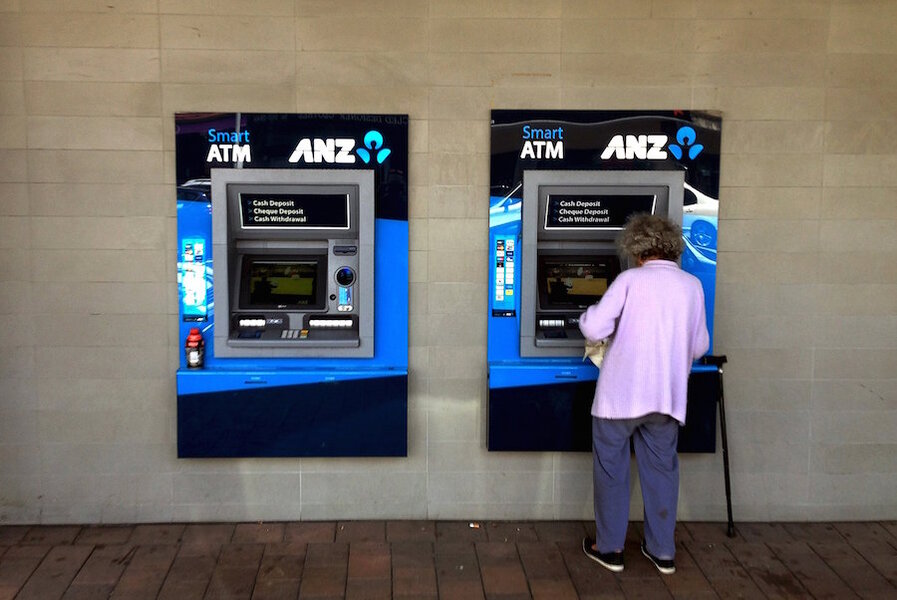How to balance a checkbook
Loading...
Understanding how to balance a checkbook — also known as bank reconciliation — is an important part of managing your money. Sitting down once a month to go through your account activity will help you keep track of what you’re spending and alert you to errors or incorrect charges — potentially saving you from overdraft fees and other penalties.
Reconciling your account is an excellent habit to develop. But a poll from the Statistics Brain Research Institute found that 69% of people never balance their checkbook. Others are like Leighann Lord, a comedian and author in New York City.
“I have a monthly reminder to reconcile, which means I actually do it quarterly, or when the discrepancy between what I think I have and what the bank says I have is too large to ignore,” she says.
What you’ll need to get ready
Don’t let your checkbook lose touch with reality. To keep it in balance, you’ll need two things: a list of your account transactions over the past month, along with any receipts, and your most recent bank statement.
List of transactions. As you receive and spend money throughout the month, keep track of your actions in some type of register. This list should include your purchases, withdrawals, deposits and bank charges. Hold on to important transaction receipts, at least until you’ve balanced your checkbook for that month.
To create the list, you could use the old-school method of jotting down your transactions in a checkbook register as you make purchases, or you could record them in a separate notebook.
If your bank or credit union offers online banking, you can log in and view up-to-date information on purchases. If you go this route, be especially careful to keep receipts; you’ll need proof of your spending should you disagree with a transaction you see online.
If you’re signed up for online banking, you can also use budgeting software, such as You Need a Budget or Mint. These apps let you download your account transactions and view your register on a smartphone or other mobile device.
Your statement. Your credit union or bank will issue a regular account statement, typically once a month. This usually lists the balance from the previous month’s statement, along with deposits, other credits, debits and checks that have cleared the bank. It will also include your ending account balance on the date the statement was generated.
How to reconcile a bank statement
If you use budgeting software, the app probably has its own methods for bank reconciliation. But you can also balance your checkbook with pen, paper and, if you like, a calculator.
- First, add up the deposits and withdrawals you have listed in your personal register, through the statement date. Be careful not to count transactions that occurred after the statement was generated.
- Next, check to see if the total amounts of deposits and withdrawals in your register match the amounts on your statement. “I use a ruler so I keep my place on the statement and a red pen to check off what’s cleared,” Lord says.
- If there’s no difference between the total in your register and the total in your statement, your work is done — your checkbook is balanced.
- If there is a discrepancy, however, check your receipts to verify amounts. You may have spent $63 at the auto mechanic, but inadvertently written $36 in your register. Or you may see unfamiliar charges — such as overdraft fees — on your statement that you didn’t note in your register. If you’re stuck, you can ask your bank to help by providing an extensive review of your transactions, but note that it may charge an account research fee of about $25 an hour.
- If you believe a transaction is unauthorized or contains an error, look for instructions on your bank statement for how to get it corrected.
You’ll generally have 60 days from the statement date to dispute any charges. Otherwise, you may need to update your personal register so that it agrees with the bank. Once all transactions match, you’ve balanced your checkbook.
You might realize some recent transactions haven’t cleared the bank and aren’t on your statement. For instance, if you wrote someone a personal check, it could take several days for that person to deposit it in his account and for the funds to be withdrawn from yours.
If the transaction hasn’t cleared, it won’t be a part of this month’s bank reconciliation. But since you know the money will eventually be taken out of your account, make sure you record the transaction in your software app or paper register. That way you won’t be surprised when it does clear the bank.
Balancing a checkbook can be easy. By reviewing your bank statements and comparing them with your own records on a regular basis, you can verify that you and your bank are on the same page.
This article first appeared at NerdWallet.







